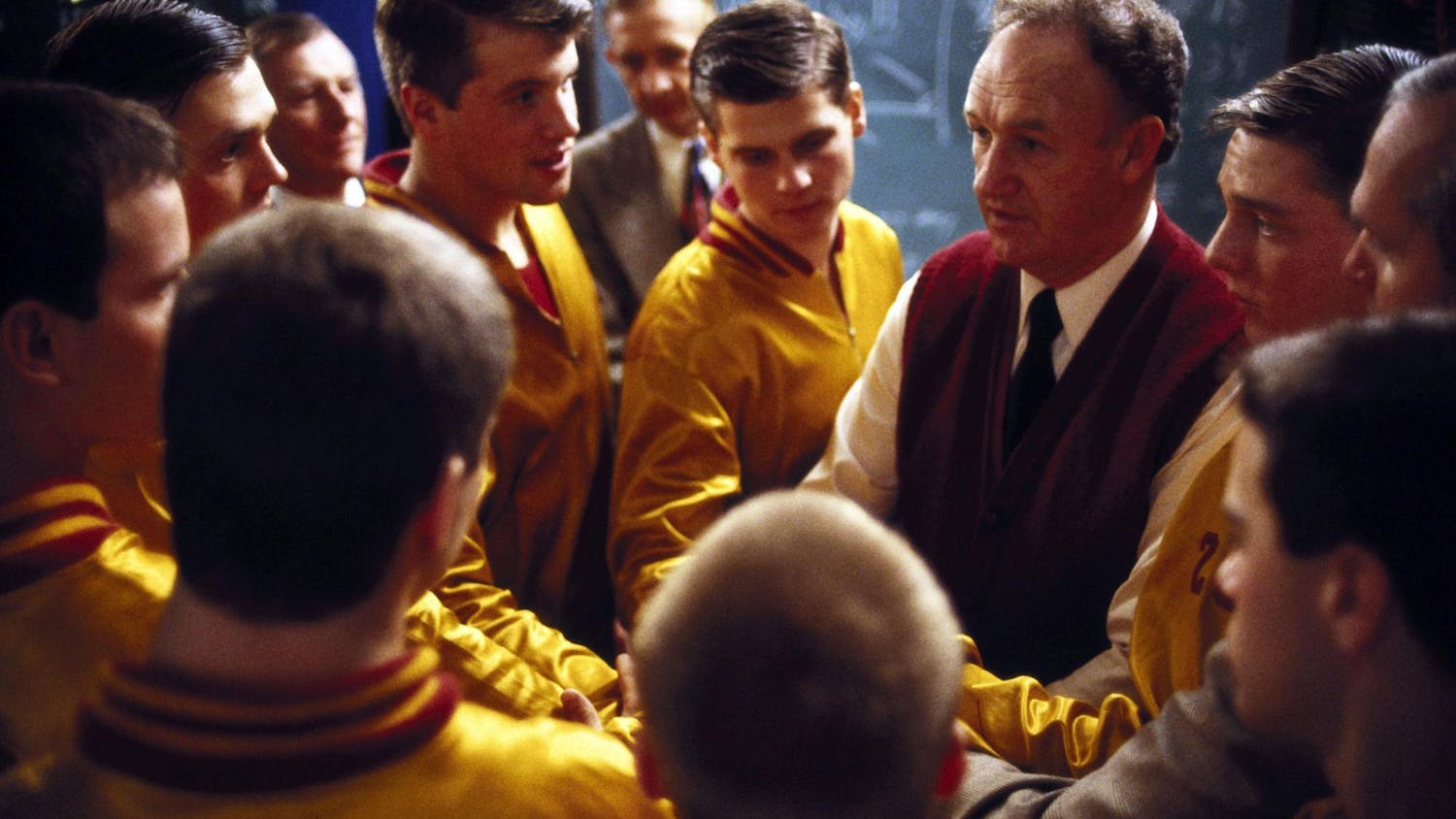Blockbuster movies aren't the only thing IU students can see this summer; they can see blockbuster museum exhibits, too. \n"Tutankhamun and the Golden Age of the Pharaohs," on exhibit at the Field Museum in Chicago, gives Tut-maniacs a second chance at seeing artifacts belonging to one of ancient Egypt's most well-known prelates. Almost 200,000 tickets were sold prior to the exhibit's Friday opening and an estimated one million visitors will flock to the lakefront museum before the exhibit closes Jan. 1, 2007.\nThe show features more than 130 treasures from the resting place of the "the boy king" and other royal tombs, all between 3,000 and 3,500 years old.\nThis is the only Midwestern stop for the show, which was previously on exhibit in Los Angeles and Fort Lauderdale, Fla., and will go on display next February at The Franklin Institute in Philadelphia.\nWith its appearance in Chicago, the exhibit comes full circle. The Field Museum was one of the museums that attracted a total of 8 million visitors in the late 1970s to see another version of the Tut show.\nThe result was the birth of the museum blockbuster, the shows where hype, ticket price and crowds sometimes threaten to overshadow the artistic or cultural value of the objects on display.\nThe Field Museum has already sold nearly 200,000 tickets for Tut, despite a hefty $25 ticket price. Museum officials believe that timed-entry tickets and extended hours will cut down on wait times.\nOnce visitors get inside the exhibit, they will likely understand archaeologist Howard Carter's awed first impression when he uncovered the tomb of Tutankhamun in 1922: "As my eyes grew accustomed to the light, details of the room within emerged slowly from the mist, strange animals, statues and gold -- everywhere the glint of gold."\nCarter's discovery of the remarkably intact tomb created a worldwide sensation and burst of Egyptomania. Movie theaters were decorated with Egyptian themes, Hollywood churned out mummy movies and rumors of a mysterious curse on those who entered the tomb captured the popular imagination.\nMore than 5,000 amazingly preserved artifacts were found in the tomb. About 50 were included in the first King Tut tour of the 1970s, including the piece that would become an icon, his solid gold death mask.\nThat piece is missing from the current show, as Egyptian officials won't let it leave the country. There are about 50 objects recovered from Tut's tomb -- most were not included in the original show -- with the rest connected to the tombs or lives of other royal family members.\nOne of the most amazing objects in the show is a miniature coffin made of gold and decorated with carnelian, obsidian, rock crystal and glass. Approximately one foot high, it portrays Tut as Osiris, the god of the dead.\nOn the back of the figure, wings sprout from his back. On the front, Tut's beard is braided and his crossed hands carry the crook and flail, symbols of kingship.\nThe coffinette held Tut's mummified liver, and on the inside -- which is viewable -- the Book of the Dead is carved. Illustrating how the ancient Egyptians' concept of identity valued the name over an exact likeness, the coffinette was originally created for an earlier ruler, but Tutankhamun was inscribed over the earlier name.\nThe exhibit seeks to place Tut in the greater religious and historical context of the 18th dynasty, the golden age of the pharaohs. Tut was a relatively minor king who probably died before he was 20 but became famous because of the splendor of his tomb.\n"Ironically, he's the one most remembered, but it's his ancestors who had all the clout," said David Foster, project management director of the Field Museum.\nThose included his father, Akhenaten, who rocked the country by banning the worship of many gods in favor of Aten, a god portrayed as a sun disc. He's represented in the long, narrow face of a head from what was once a massive limestone statue.\nMuch of another entire gallery is dedicated to items from the tomb of the couple believed to be Tut's great-grandparents, Yuya and Tjuya.\nIn addition to exhibiting splendid craftsmanship in Tjuya's massive gilded coffin and elegant funerary mask, the gallery illustrates how carefully Egyptians prepared for the afterlife.\nA container for perfume is camouflaged as a kneeling male servant balancing a pot on his shoulder; hundreds of figurines called "shabtis" were placed in tombs and carved with spells ordering them to perform any necessary labor for the deceased when summoned.\nThe final portion of the exhibit features details on the most scientific research on his mummy. CT scans discounted the theory that his sudden death was due to a blow to the head and instead raised the possibility he died of an infection after breaking his leg.\nWhen visitors leave the show, they do so through a special King Tut gift shop. Visitors are urged to "celebrate your inner pharaoh" with a $34 velvet-and-lame striped headdress.
Tut-maniacs flock to Chicago Museum
Get stories like this in your inbox
Subscribe





